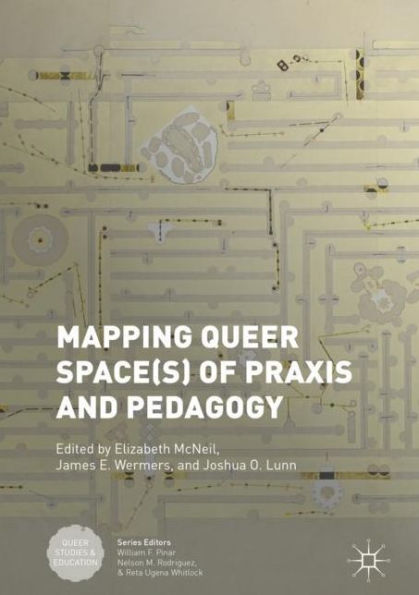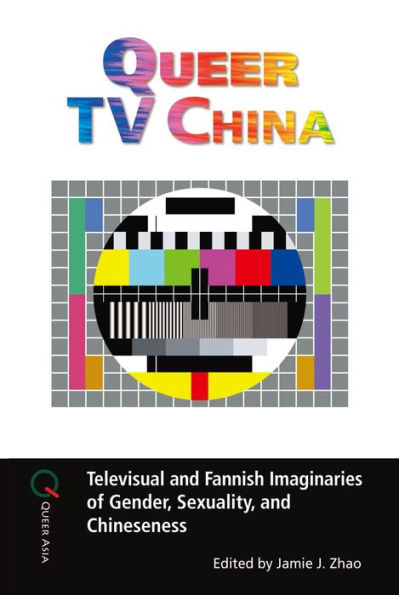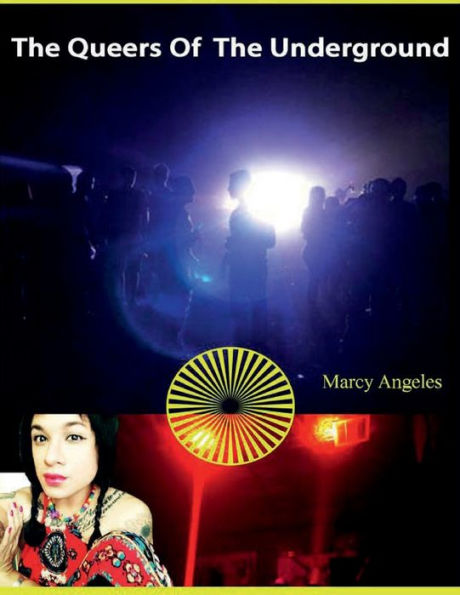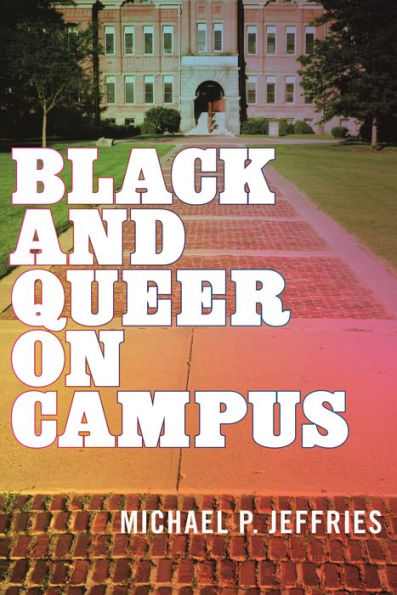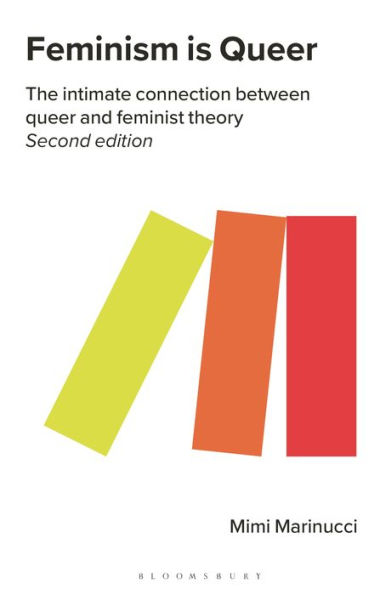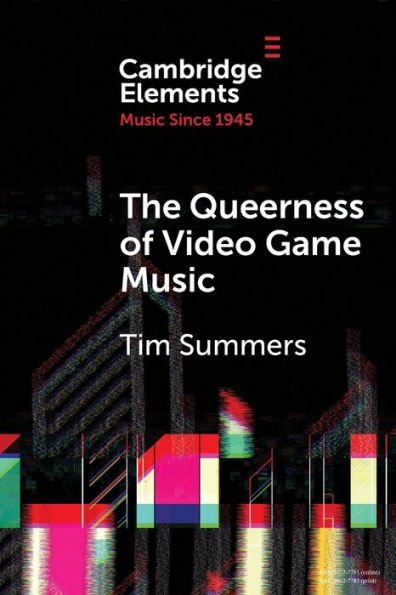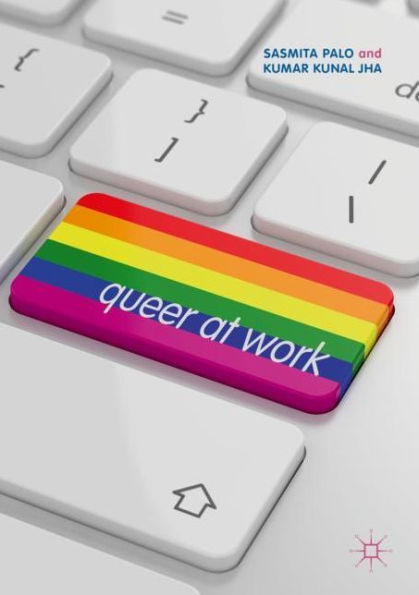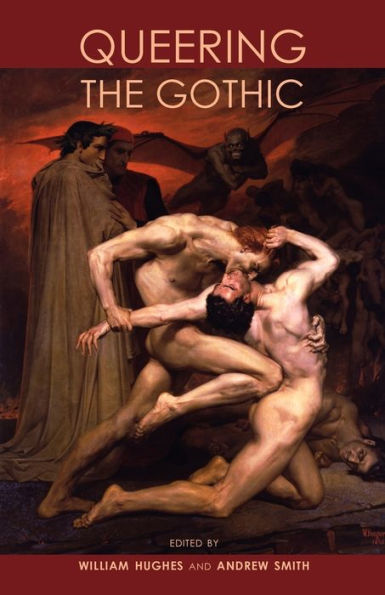Home
The Pedagogy of Queer TV
Barnes and Noble
The Pedagogy of Queer TV
Current price: $99.99
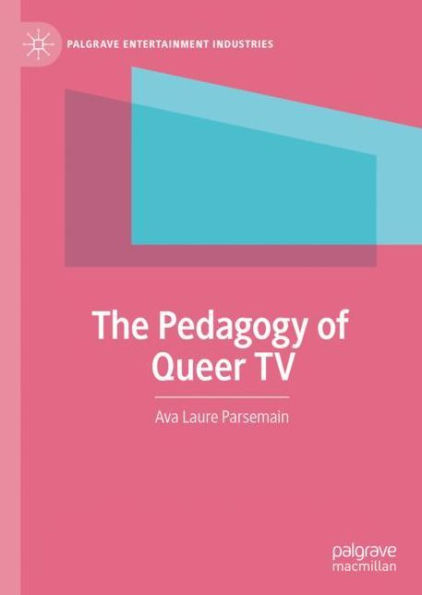

Barnes and Noble
The Pedagogy of Queer TV
Current price: $99.99
Size: Hardcover
Loading Inventory...
*Product information may vary - to confirm product availability, pricing, shipping and return information please contact Barnes and Noble
This book examines queer characters in popular American television, demonstrating how entertainment can educate audiences about LGBT identities and social issues like homophobia and transphobia. Through case studies of musical soap operas (
Glee
and
Empire
), reality shows (
RuPaul’s Drag Race
,
The Prancing Elites Project
I Am Cait
) and “quality” dramas (
Looking
Transparent
Sense8
), it argues that entertainment elements such as music, humour, storytelling and melodrama function as pedagogical tools, inviting viewers to empathise with and understand queer characters. Each chapter focuses on a particular programme, looking at what it teaches—its representation of queerness—and how it teaches this—its pedagogy. Situating the programmes in their broader historical context, this study also shows how these televisual texts exemplify a specific moment in American television.
Glee
and
Empire
), reality shows (
RuPaul’s Drag Race
,
The Prancing Elites Project
I Am Cait
) and “quality” dramas (
Looking
Transparent
Sense8
), it argues that entertainment elements such as music, humour, storytelling and melodrama function as pedagogical tools, inviting viewers to empathise with and understand queer characters. Each chapter focuses on a particular programme, looking at what it teaches—its representation of queerness—and how it teaches this—its pedagogy. Situating the programmes in their broader historical context, this study also shows how these televisual texts exemplify a specific moment in American television.
